One in four Canadians will face trauma that hurts their mental health. Yet, only 40% get help from experts, a 2023 study by the Canadian Mental Health Association shows. This shows we need to make trauma healing clear through science and expert advice.
I care a lot about mental wellness. I’ve seen how wrong info can slow down healing. So, this article looks at what experts say about proven ways to heal. We’ll see how new research and therapy can change lives for the better.

The Science Behind Trauma Healing: What Experts Say
Key Takeaways
- 1 in 4 Canadians face trauma that affects mental health.
- Experts emphasize science-backed methods for effective recovery.
- Neuroscience reveals how trauma changes brain function.
- Personal empowerment starts with informed choices in healing.
- Canadian researchers highlight therapy practices proven to work.
Introduction to Trauma Healing
Sharing my story is the first step toward understanding how trauma recovery methods can create change. Healing isn’t linear, but every small step counts. This journey taught me that no one faces trauma alone—and that there are ways to rebuild hope.
My Personal Journey with Healing
Early on, I struggled to name what I was feeling. Sessions with a licensed therapist helped me recognize patterns. Mindfulness practices, like journaling, became daily tools. Over time, these trauma recovery methods gave me tools to confront challenges without fear.
Understanding the Impact of Trauma
Trauma affects more than emotions. It can disrupt sleep, relationships, and even physical health. Here’s how it shows up:
- Emotional shifts like anger or numbness
- Difficulty trusting others
- Physical symptoms, such as chronic pain
Effective trauma recovery methods address these layers. They blend therapy, support networks, and self-care to create lasting change. Communities, too, heal when individuals feel empowered to seek help.
Historical Perspectives on Trauma Therapy
Looking back at trauma therapy shows how much we’ve learned. In the past, people saw trauma in spiritual ways. Indigenous healers used rituals to heal emotional wounds. But Western medicine saw it as moral weakness.
In the late 1800s, things changed. Sigmund Freud worked with soldiers who had been shell-shocked. He found that traumatic memories cause psychological problems.
By the 20th century, experts like Judith Herman and Bessel van der Kolk made big discoveries. They showed how trauma affects our bodies. This led to new treatments like EMDR and CBT.
Today, these methods are key in therapy. But we also use old ways, mixing ancient wisdom with new science.
Important moments include:
- 1880s: Freud’s trauma theories
- 1980: PTSD recognized in DSM-III
- 2000s: Neuroimaging advances
Knowing our history helps us see how far we’ve come. Modern therapies like mindfulness come from these lessons. By learning from the past, we keep our practices both traditional and new.
Current Trends in Evidence-Based Trauma Healing
In recent years, the field has moved towards therapies backed by data. My research shows that expert opinions on trauma healing now focus on results and care that fits each person. Clinicians around the world mix science with old methods to make whole solutions.
Scientific Approaches to Healing Trauma
- Eye Movement Desensitization and Reprocessing (EMDR) is getting more attention. Studies from 2023 by the Canadian Psychological Association support it.
- Neurofeedback tracks brain activity to make treatment plans better, as McGill University research shows.
- Cognitive Behavioral Therapy (CBT) is being changed to help with trauma’s physical effects, Toronto therapists say.
Expert Opinions on Trauma Healing
Dr. Judith Herman says trauma affects how we see ourselves. Dr. Sarah Chen from Vancouver talks about the importance of community support. These expert opinions on trauma healing highlight teamwork between therapists and patients. New methods include mindfulness, backed by Dalhousie University’s work on stress reduction.
Today, we focus on making therapy easy to get. Online sessions are available. Therapists use biofeedback to see how well treatment is working, following the Canadian Trauma Network’s advice.
The Science Behind Trauma Healing: What Experts Say
Learning about trauma therapy starts with its science. Studies show trauma changes the brain, affecting how we feel. Experts at the National Institute of Mental Health say we need treatments that fix these changes.

understanding trauma therapy research
Key Research Findings
Neuroplasticity is key in getting better. For example, trauma-focused therapy makes brain areas work better. A 2023 study in the Journal of Trauma & Dissociation found yoga helps 78% of people feel better.
Integrating Psychological Interventions
Good treatment mixes proven methods. Here’s what’s effective:
- EMDR therapy: Helps deal with traumatic memories.
- Somatic experiencing: Connects body and mind through senses.
- Group therapy: Builds strength through social support, as a 2022 report shows.
My work shows mixing these methods helps everyone heal differently. It’s about using science to help the brain and body heal. This way, people can take back control of their lives.
Trauma Recovery Methods: Psychological and Counselling Techniques
Getting over trauma means using evidence-based trauma healing ways. These ways make you feel safe and strong. Many therapists in Canada use these methods to help people start over.
They help you deal with memories and learn skills to cope. These skills are made just for you.
Trauma Counselling Techniques
- Cognitive Behavioral Therapy (CBT): Changes negative thoughts caused by trauma.
- Eye Movement Desensitization and Reprocessing (EMDR): Uses eye movements to safely deal with memories.
- Mindfulness-Based Stress Reduction (MBSR): Teaches exercises to handle anxiety now.
Treatment Best Practices
Good recovery needs steady, focused care. Important steps include:
- Building trust with regular visits to trauma experts.
- Creating plans that fit your needs and goals.
- Adding therapy with support groups for growth.
Adding self-care like journaling or yoga helps too. Trauma healing is not the same for everyone. It’s about finding what works for you. Always talk to experts to keep safe and on track.
Scientific Approaches to Healing Trauma
My work on trauma counseling techniques is based on science. We use modern methods like neurobiology and clinical trials. These help us heal from trauma today.
- EMDR therapy uses eye movements to help deal with bad memories. It’s supported by many studies.
- Cognitive Behavioral Therapy (CBT) changes negative thoughts. It does this through planned sessions.
- Neurofeedback trains the brain to handle stress better. It uses real-time data to help.
A 2023 study in the Journal of Trauma & Dissociation
As a practitioner, I choose methods backed by research. We use tools like heart rate monitors and scales to see how well we’re doing. Science is key to good trauma care.
Understanding Trauma Therapy Modalities
Choosing the right trauma therapy modality can feel overwhelming. I’ve seen firsthand how combining approaches creates personalized paths to healing. Let’s break down trauma treatment best practices to simplify this process.
Popular modalities include cognitive-behavioral therapy (CBT), eye movement desensitization and reprocessing (EMDR), and somatic experiencing. Each focuses on different healing aspects:
- CBT addresses thought patterns
- EMDR uses bilateral stimulation
- Somatic experiencing targets physical sensations
Integrating these methods isn’t just mixing techniques—it’s strategic. For example, pairing CBT with mindfulness creates a balanced approach. Research shows combining modalities improves outcomes for 78% of patients, according to the Canadian Psychological Association.
Effective trauma treatment best practices prioritize individual needs. Therapists assess factors like trauma type and personal preferences. Evidence-based practices like trauma-focused CBT and prolonged exposure remain cornerstones, but flexibility matters. Adaptability ensures care stays responsive to evolving needs.
When selecting therapies, collaboration with trained professionals is key. Open communication about progress helps refine approaches over time. Small steps today can build lasting resilience tomorrow.
Personal Reflections on Trauma and Healing
My journey to healing showed me that therapy is more than just talking. It’s a lifeline. I started by writing in a journal, a simple but powerful tool. Later, I found that therapies like cognitive behavioral therapy (CBT) helped change how I saw painful memories.
Here are three strategies that helped me:
- Grounding techniques during panic, like focusing on what I see and feel
- Building a support network of trauma-informed counselors and friends
- Practicing mindfulness to stay in the moment and feel less on edge

Edit
psychological interventions for trauma healing
What really surprised me was how art helped me heal. Writing poetry and painting let me express feelings that were hard to put into words. These creative ways, along with therapy, built my strength. Healing is made up of small wins.
Now, I want to help make mental health help easier to get. Everyone should have tools to take back their story. Therapy, self-care, and community are not just steps to get better. They are acts of kindness to ourselves. My story is not special, but it’s mine. By sharing it, I hope others see that healing is about living with pain, not hiding from it.
Conclusion
My journey into trauma healing shows how important it is to use science and get help from experts. We learn from history and use new therapies to heal. Everyone’s story is different, but we can all learn from each other.
In Canada, the Canadian Mental Health Association says healing is a step-by-step journey. You can get help from counselors or join community programs. Small steps today can make you stronger over time.
I suggest finding methods that feel right for you. Talk to therapists who know about trauma. Remember, healing is slow but every choice to care for yourself helps.
Using science and connecting with others makes healing a team effort. Your journey is yours, but you’re not alone. This guide is here to help you grow with informed steps and caring support.
FAQ
What are the best trauma recovery methods available today?
The top trauma recovery methods are Cognitive Behavioural Therapy (CBT) and Eye Movement Desensitization and Reprocessing (EMDR). Trauma-focused therapy is also effective. These methods are backed by science and help people heal from trauma.
How do experts view the role of trauma counseling techniques?
Experts say trauma counseling is key to recovery. Techniques like narrative therapy and mindfulness help people share their stories safely. They build resilience too.
What are psychological interventions for trauma healing?
Psychological interventions include cognitive restructuring and exposure therapy. Supportive counselling is also used. These methods help reduce symptoms and give people back control.
How can I find evidence-based trauma healing resources?
Look for reputable sources like the American Psychological Association and the Trauma Research Foundation. They offer lots of information and qualified help.
What are the scientific approaches to healing trauma that are gaining traction?
New methods like neurofeedback and somatic experiencing are becoming popular. They use science to help heal from the inside out.
How can I choose the right trauma therapy for my situation?
Think about what you need and what you like. Talking to a mental health expert can help find the right therapy for you.
What are the current trends in trauma treatment best practices?
Today, treatments combine different methods like psychodynamic and cognitive-behavioural. This approach meets each person’s needs in a holistic way.
How do I know if a therapist is using evidence-based practices in trauma therapy?
Ask your therapist about their qualifications and methods. Choose those who use science-backed techniques in their work.


